Also known as TB, Tuberculosis is an infectious disease that can be found worldwide. While some patients do not experience symptoms, infected patients with an active form of the disease face a mortality rate of over 50% if they do not receive treatment. There is also a multidrug-resistant strain of TB that has made treatment difficult in many parts of the world, Russia in particular.
Tuberculosis most often affects the lungs. Coughing, fever, weight loss and coughing up blood can all be symptoms. Weakness, fatigue and chest pain can also manifest. Treatment is imperative. As we said, the mortality rate can exceed 50% without treatment.
What is the risk of contracting tuberculosis as a traveler? What can you do to avoid it? What is the prognosis if you do contract it? We will answer all of these questions and more.
How is tuberculosis transmitted?
Tuberculosis is transmitted by people infected with active pulmonary TB. Once TB is active in a patient’s lungs, they can transmit the disease by coughing, sneezing, spitting, etc. When doing so, the infected person expels small aerosol droplets that are capable of transmitting the disease. While a small dose of these aerosol droplets is capable of transmitting the disease, you are at most at risk if you have prolonged exposure to an infected person, or if you are in particularly close proximity with them.
It’s important to to note that TB patients undergoing treatment for non-multidrug-resistant strains are not contagious.
Are travelers at particular risk to get TB?
Travelers may be more at risk depending on the destination and the activities they undertake. In general, poorer countries have higher incidences of TB. Furthermore, within poor countries, TB cases are concentrated in the poorest neighborhoods, along with hospitals and prisons.
While it’s true that you are at risk of contracting TB while using public transportation in a developing world country, the overall chances are fairly slim. That said, if you take the cheapest public transportation option available, and you find yourself crammed into a cab like a sardine, you will certainly increase your odds of contracting TB.
Here is a map showing worldwide incidence rates of TB:
Of course, the number of TB cases in the countries that are the darkest shade of red may be largely confined to certain areas. For example, in Russia, a large number of TB cases are found in prisons. As a traveler, you are unlikely to spend much time in prison (we hope so, anyway). This is to say, you shouldn’t write off a country based on that map as you are still unlikely to contract TB from most travel activities.
Prevention, diagnosis and treatment
There is no effective TB vaccine for adults. However, you can be proactive in avoiding the disease by steering clear of exceptionally crowded areas in particularly poor zones. In addition, you should try to avoid spending time in clinics and medical centers that specialize in TB treatment.
Before traveling to a country where TB is endemic, you should get a TB test. You should do the same when you return from your travels.
Diagnosing TB involves taking a respiratory specimen and analyzing it. This analysis typically takes about 2 weeks. If a patient receives a positive diagnosis, treatment typically involves several drugs over the course of 6-9 months. If the strain of TB is multidrug-resistant, treatment is more complicated, requires more drugs and takes more time. With treatment, TB is rarely fatal.
Map photo credit and additional information on TB for travelers from the CDC.


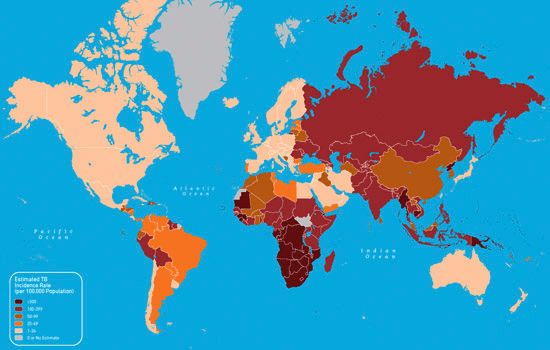




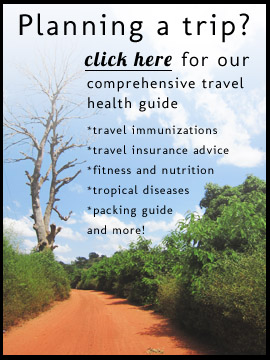

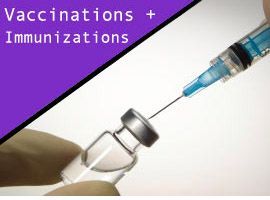

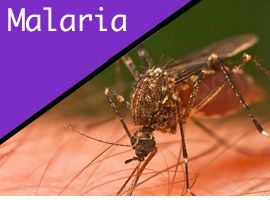
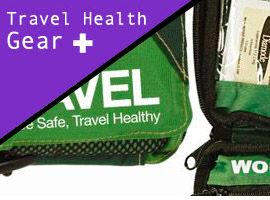
{ 1 comment… add one }